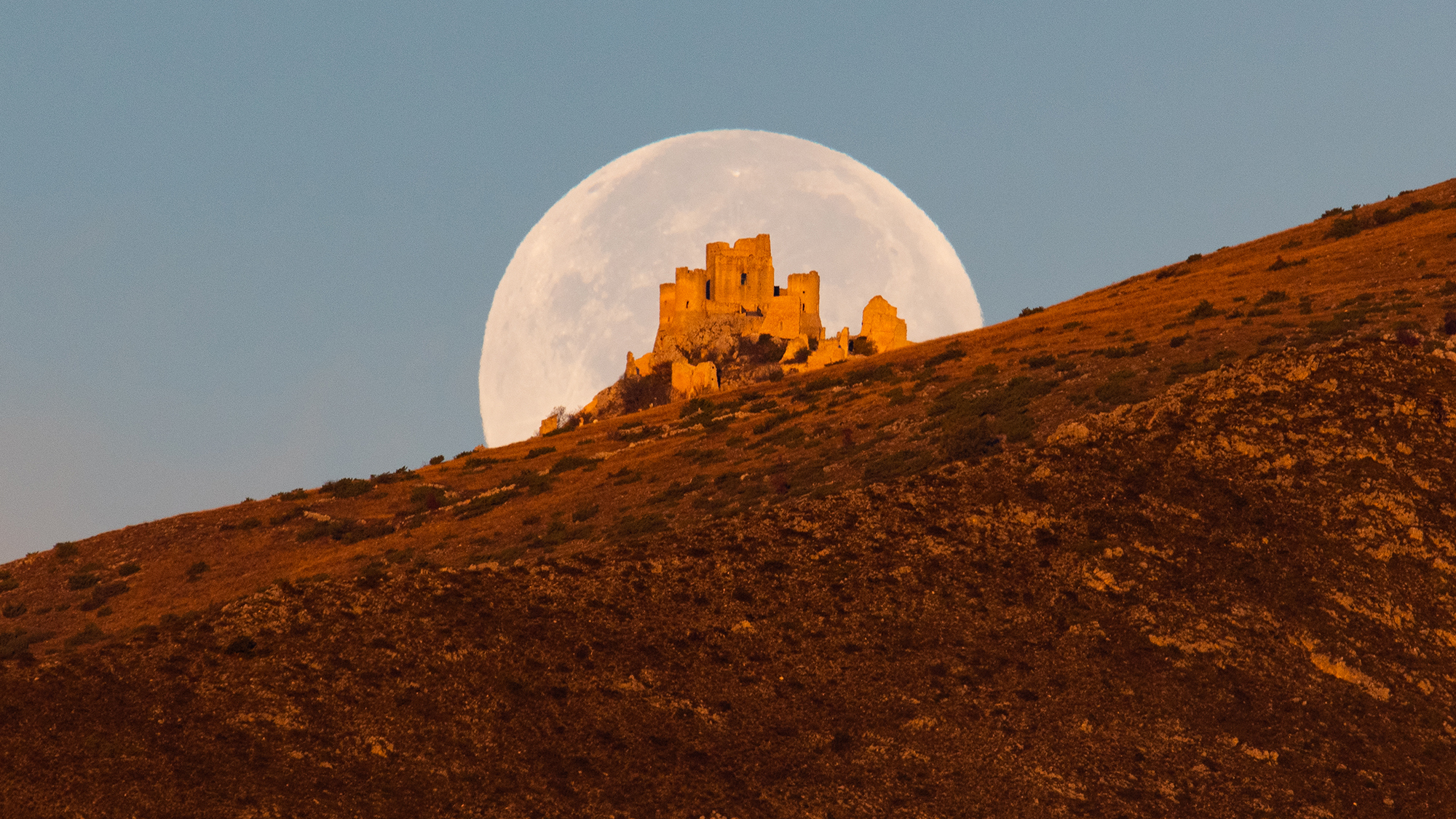

| November 2-3 | Jupiter at Opposition |
| November 5-6 | Southern Taurids Meteor Shower Predicted Peak |
| November 9 | Moon and Venus Conjunction |
| November 11 through 13 | Northern Taurids Meteor Shower Predicted Peak |
| November 18 | Leonids Meteor Shower Predicted Peak |
| November 27 | Full Beaver Moon |
As the darkest nights of the year approach in the Northern Hemisphere, the night skies will light up, giving us a chance to see three meteor showers. Our closest planetary neighbor Venus will also be particularly radiant this month. It is also the time of year to keep an eye out for the Aurora Borealis. Here are some of the events to look out for this month. If you happen to get any stellar sky photos, please tag us and include #PopSkyGazers.
[Related: Astronomers find 12 more moons orbiting Jupiter.]
November 2 to 3 – Jupiter at Opposition
The month kicks off with our solar system’s largest planet appearing at its biggest and brightest state of the year, which is called opposition. Jupiter hits opposition at 12 a.m. EDT on November 3 and will be visible in the eastern horizon for skygazers in the Northern Hemisphere.
According to Larry Wassterman from the Lowell Observatory in Arizona, opposition occurs when a planet, Earth, and the sun lie along a straight line with Earth in the middle. The planet and the sun are on the opposite sides of Earth so they are considered in opposition.
“The planet is as close to the Earth as possible and will appear as big and as bright as it can ever get. This is a great time to take a look and discover Jupiter in opposition for yourself. During Jupiter’s opposition, Earth will pass between Jupiter and the Sun, and the proximity will make Jupiter appear larger in the sky. On the day of opposition, Jupiter rises when the Sun sets,” Wassterman writes.
November 5 and 6 – Southern Taurids Meteor Shower Predicted Peak
November’s first meteor shower is predicted to peak November 5th and 6th. Both of the Taurids meteor showers don’t have very definite peaks. The meteors ramble along in space and are especially noticeable from late October into early November, when both the Southern and Northern Taurids overlap.
According to EarthSky, under dark skies with no moon, both South Taurids produce about five meteors per hour and 10 total when the North and South Taurids overlap. Fireballs are also possible, like the ones that appeared in 2022. Taurid meteors are slower than those from other meteor showers, but can be very bright.
The Taurids are visible almost everywhere on Earth, except for the South Pole.
[Related: Meteorites older than the solar system contain key ingredients for life.]
November 9 – Moon and Venus Conjunction
Already the brightest planet in our solar system, Venus will shine particularly brilliantly early this month. Venus will put on a show in the eastern horizon at 2:55 AM EST. As the morning continues Venus will shift upwards, and be one teach one degree to the upper right by the time morning twilight begins at about 5:44 a.m. EST. For some viewers, the moon will pass in front of Venus, blocking it from view at this time.
Visibility will be best in northern Canada, most of Greenland, Iceland, Svalbard, west Russia, most of Europe, parts of north Africa, and most of the Middle East.
November 11 through 13 – Northern Taurids Meteor Shower Predicted Peak
Due to the moon’s phases, the best chance for seeing the Northern Taurids this month is from November 11 through the 13. Ideal viewing times will be around midnight because the moon will only be about 2 percent full that night. The sky will be darker and more primed for you to spot any meteors under clear skies.
November 18 – Leonids Meteor Shower Predicted Peak
For the Leonids, the night sky will be free of moonlight when the shower is predicted to peak on November 18th. For best viewing, watch late on the night of November 17 until dawn on November 18. The morning of November 17 may also be worthwhile for viewing. It is possible to see 10 to 15 Leonid meteors per hour under a moonless sky.
The Leonid meteor shower is famous for producing one of the greatest meteor storms in living history. On November 17, 1966, there were thousands of meteors per minute during a 15-minute span. Leonid meteor storms sometimes happen in cycles of 33 to 34 years, but this cycle did not occur during the 1990s as anticipated.
The Leonids will be visible in both hemispheres.
[Related: The moon is 40 million years older than we thought, according to crystals collected by Apollo astronauts.]
November 27 – Full Beaver Moon
November’s full moon will reach peak illumination on November 27 at 4:16 a.m. EST. The moon will also appear very full and close on the night of November 26. According to the Farmer’s Almanac, it is called the Beaver Moon in reference to the time of year when beavers begin to shelter in their lodges, after storing up food for the winter. This was also when beavers pelts are at their thickest.
Some other names for November’s full moon include the Whitefish Moon or Adikomemi-giizis in Anishinaabemowin (Ojibwe), the Little Winter Moon or Gahsá’kneh in Seneca, and the Leaf Fall Moon or Yapa Huktugere Nuti in the Catawba language.
The same skygazing rules that apply to pretty much all space-watching activities are key this month: Go to a dark spot away from the lights of a city or town and let the eyes adjust to the darkness for about a half an hour.
